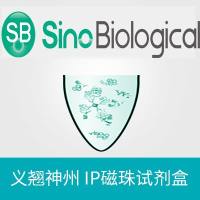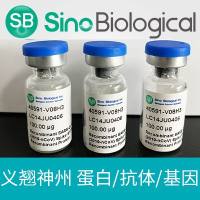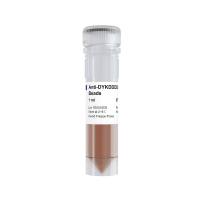Absorption Control in Immunohistochemistry Using Phospho-Peptides Immobilized on Magnetic Beads
互联网
511
Although phospho-specific primary antibodies used in immunohistochemistry (IHC) are expected to detect phosphorylated proteins, in some cases these antibodies may also cross-react with nonphosphorylated proteins. Therefore, it is of ultimate importance to employ a control to determine that the staining pattern is specific. One of the frequently used controls in IHC is a so-called absorption control: phospho-specific primary antibodies are first incubated with a phospho-peptide immunogen to block antibody-binding sites, and this mixture is subsequently applied to tissue sections. If the antibody blocked with cognate immunogen does not produce tissue staining, then the antibody is considered specific, but if staining is obtained, the antibody is considered nonspecific. Unfortunately, bound peptide can dissociate from the antibody allowing unblocked antibody to bind to tissue targets, producing unwanted staining. We have developed a simple absorption-control protocol allowing for the efficient neutralization of phospho-specific antibodies with phospho-peptides immobilized on magnetic beads. This technique allows for sequestration of antibody–peptide complex from the incubation solution, minimizing the risk of formation of unblocked antibodies capable of producing tissue staining.









